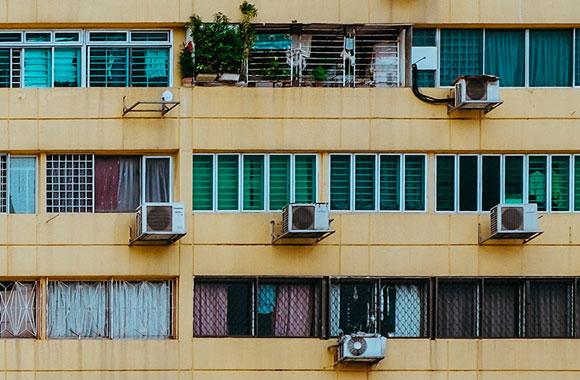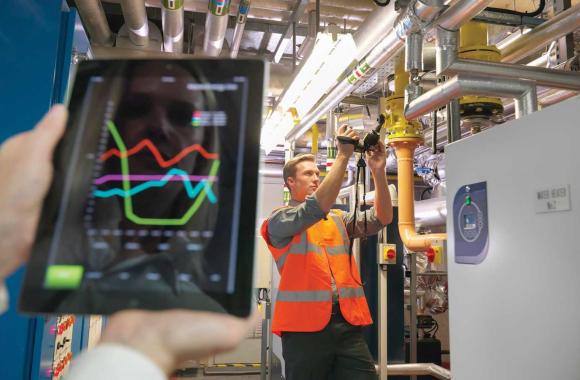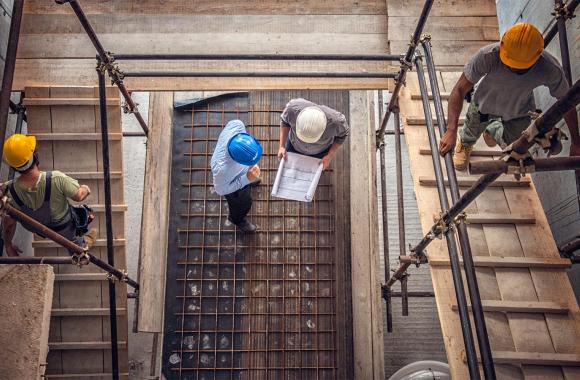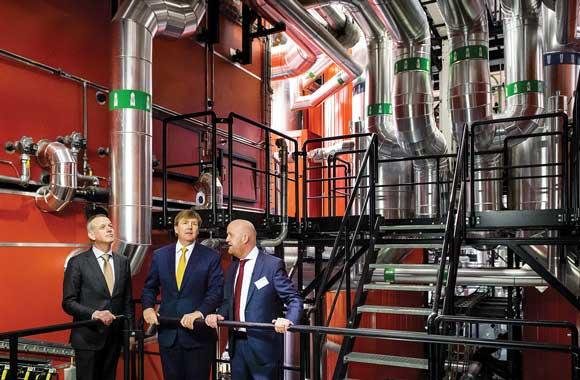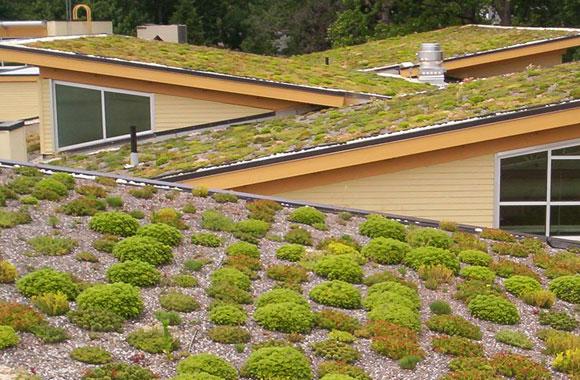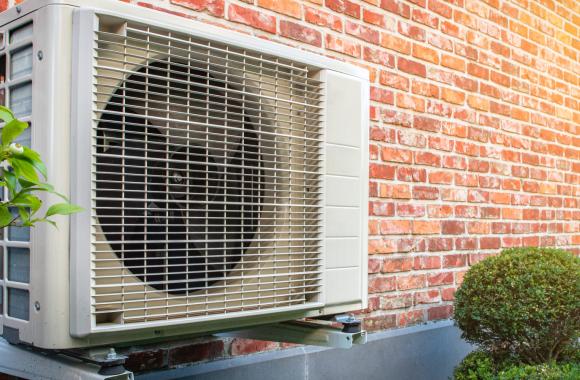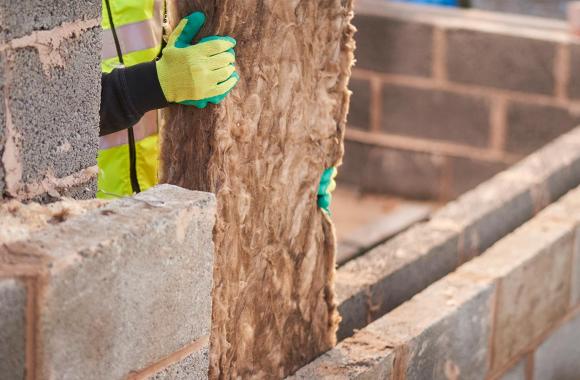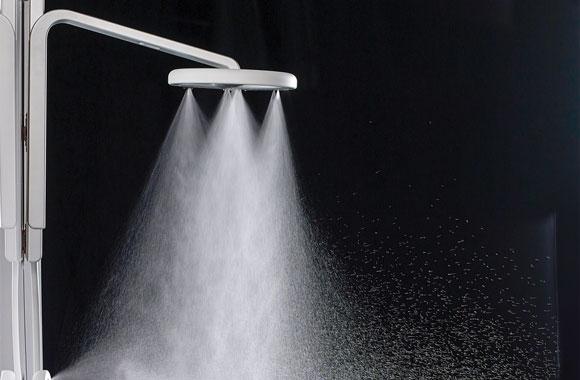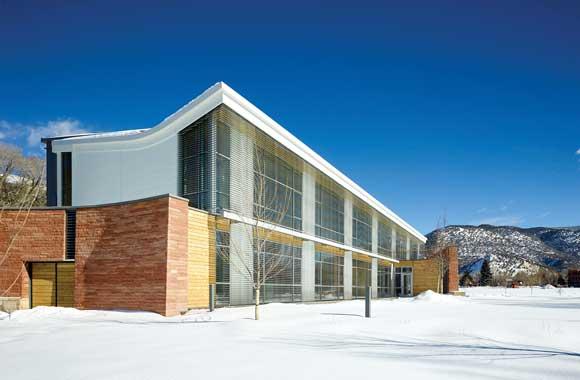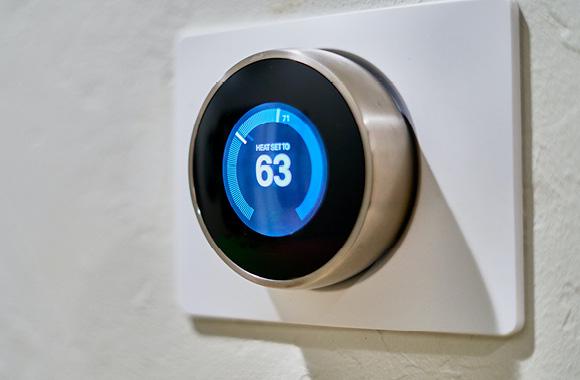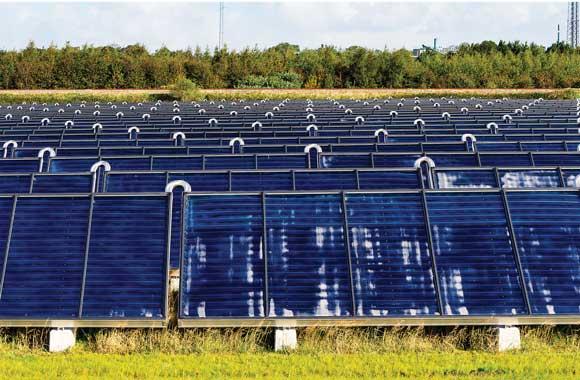As central features of human life, buildings furnish space in which to dwell, gather, labor, trade, make, learn, heal, and revel. They generally persist for decades, if not centuries. Already the world has more than 230 billion square meters of building space. Billions more square meters could be added this decade.
It’s no surprise that buildings are major drivers of greenhouse gas emissions. Some stem from the materials that comprise buildings and the process of construction, renovation, or demolition—what’s known as “embodied carbon.” Many more are the result of ongoing use. Fuels are burned on site, primarily to heat space or water or for cooking. The chemicals used for cooling and refrigeration can escape as emissions. Through these direct, on-site sources, buildings produce heat-trapping emissions. Buildings also use more than half of all electricity, creating an off-site, upstream impact on electricity-generation emissions (as explored above).
How can we more efficiently heat and power current and future buildings and shift energy sources for heating, cooling, and cooking?
These questions are at the heart of making buildings not only better for the planet, but also more affordable to operate and healthier, better places for the people inside and around them. Building solutions orient around energy efficiency, energy sources, and refrigerants.
Enhance Efficiency
Whether for building retrofits or brand new construction, energy-efficiency solutions are largely the same. Many address the building “envelope” and insulation—means of keeping conditioned air in and unconditioned air out—while others use technology to optimize energy use.
Shift Energy Sources
Clean alternatives can replace more polluting fossil energy sources typically used to heat space, warm water, or prepare meals.
Address Refrigerants
The gases used as refrigerants today are potent greenhouse gases. We can reduce emissions by managing leaks that often happen within buildings, as well as properly disposing of refrigerants (a waste process that falls under industry, above). Ultimately, these fluorinated gases can be replaced with alternatives.
Many building solutions reduce on-site emissions and enhance electricity efficiency, reducing emissions at the power plant. Taken together, these solutions can transition buildings from being a major problem to potentially being net positive, as the “greenest” buildings can produce more energy than they consume. These solutions can also help ease the “energy burden” many low-income households face as energy bills eat up a significant and disproportionate percentage of income.


